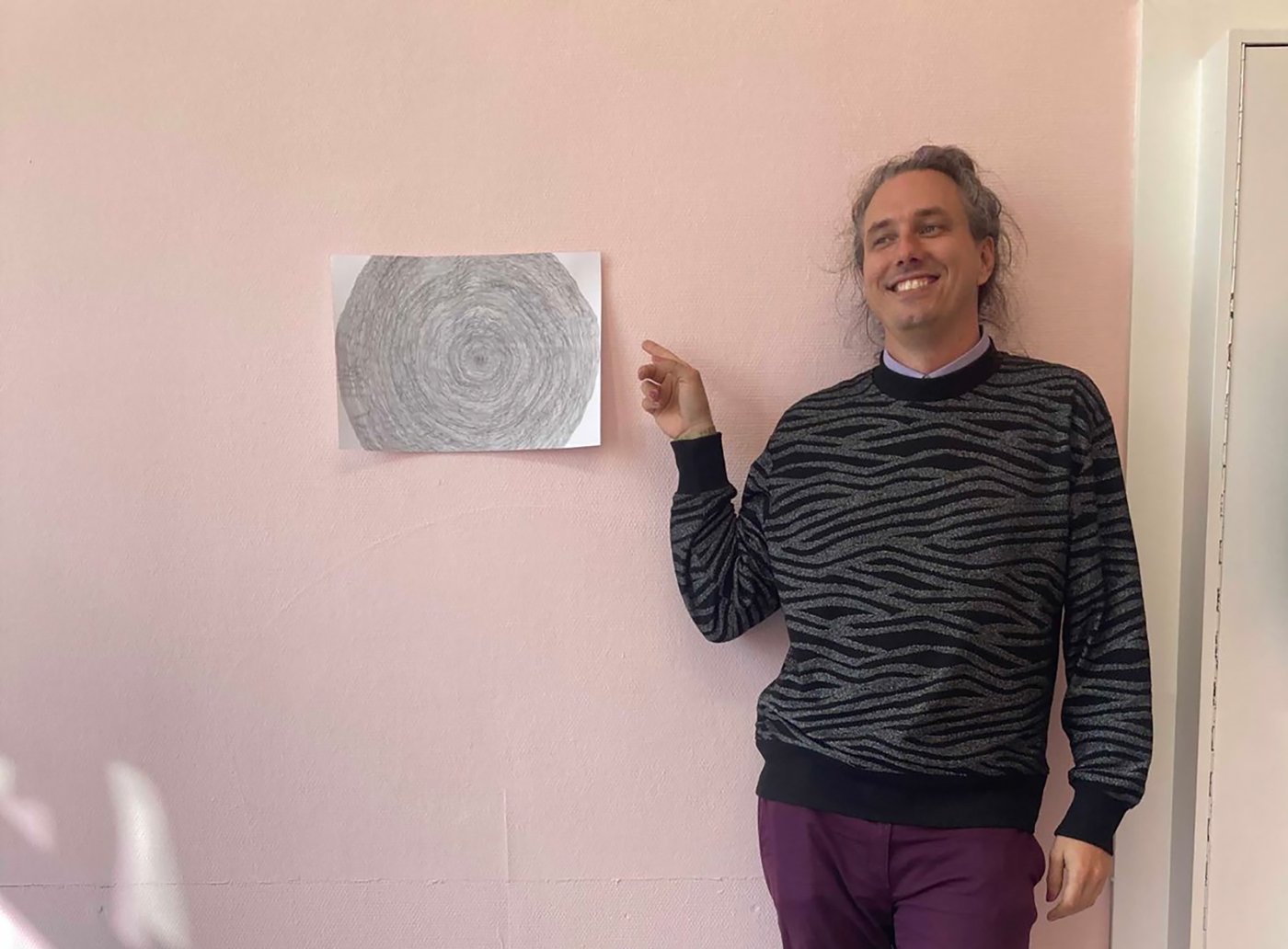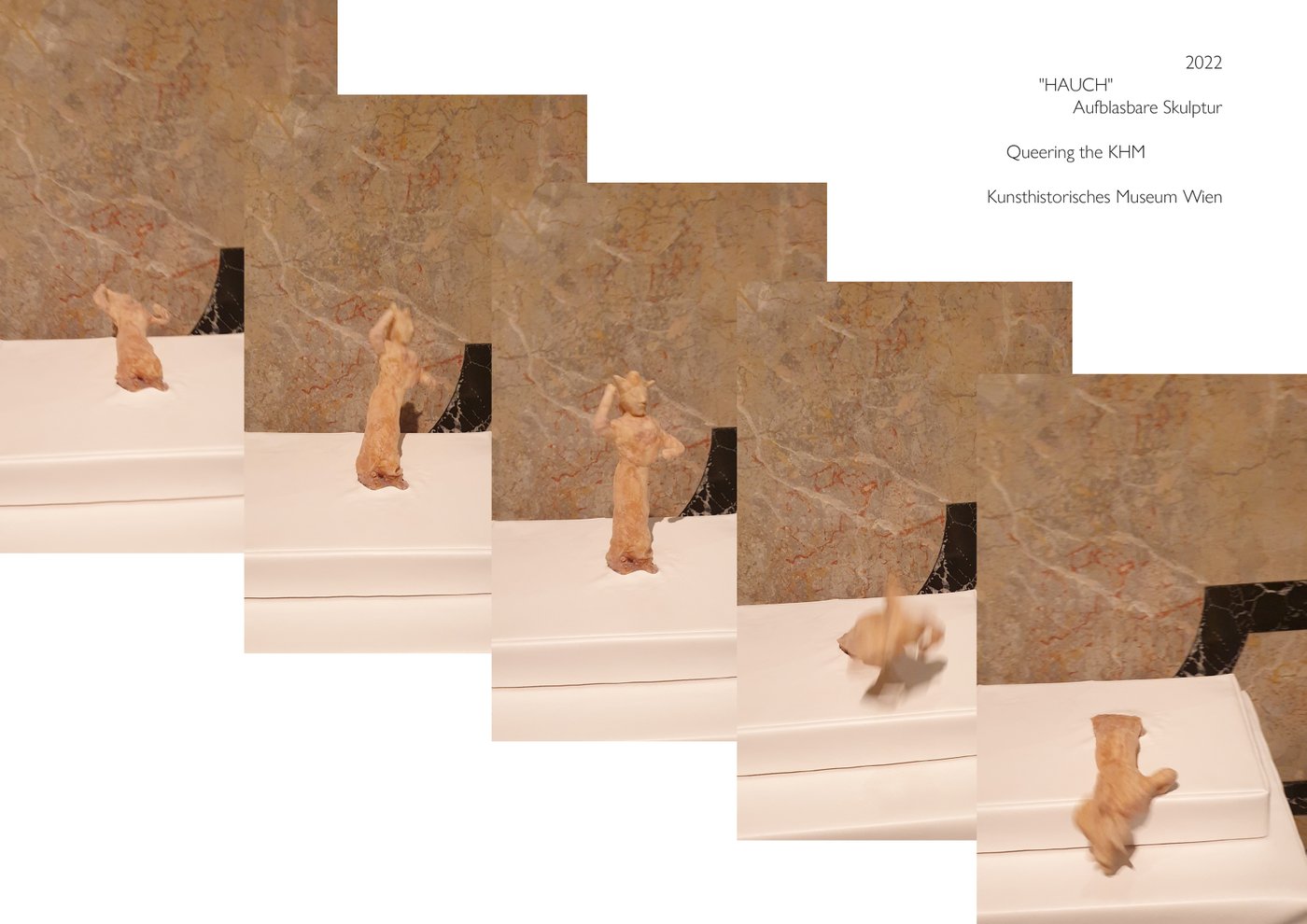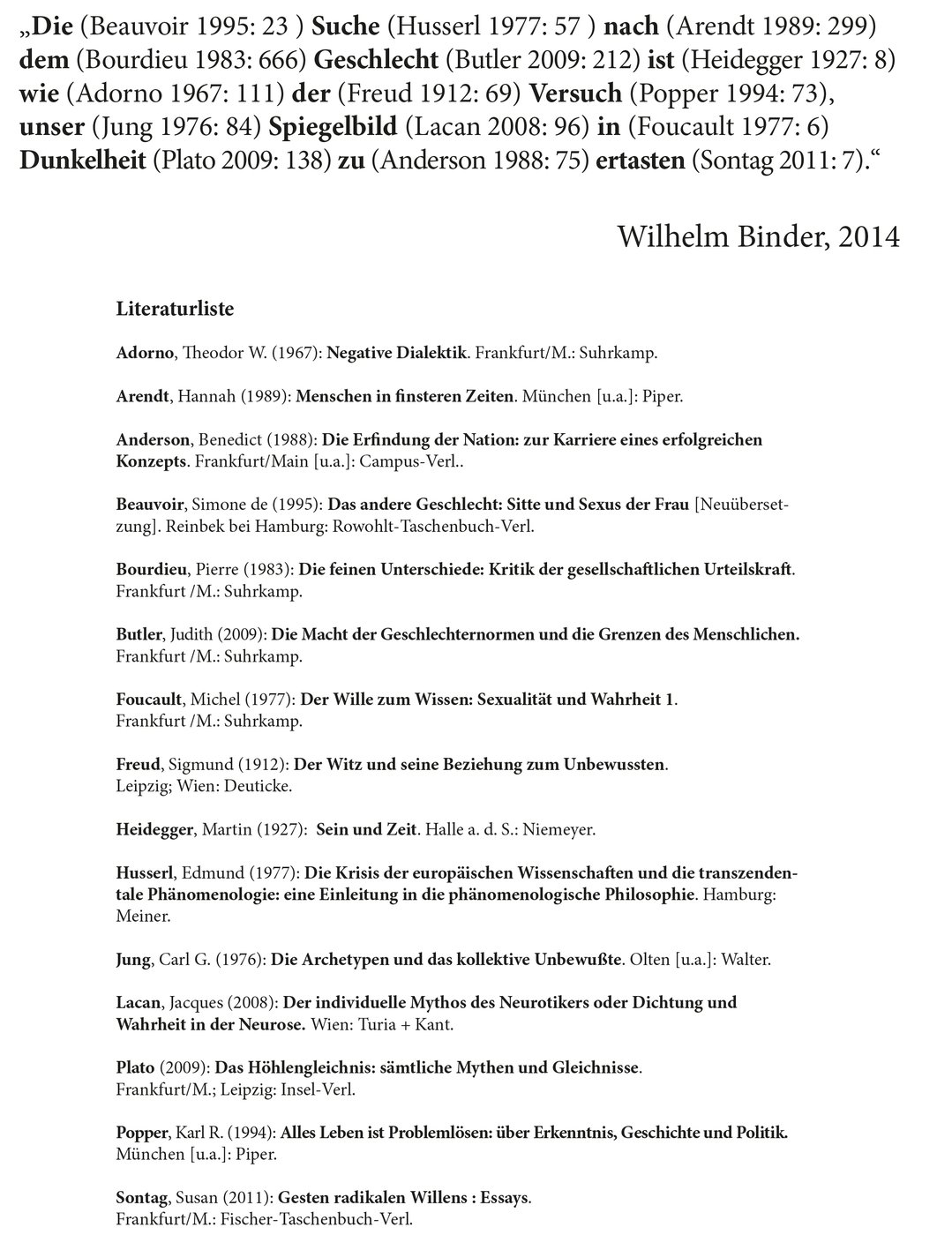Wilhelm Binder
In conversation with Barbara Pflanzner, Academy Studio Program, Creative Cluster, May 21, 2024.
Your artistic practice is multidisciplinary. How would you yourself describe it?
I pursue a conceptual approach. Usually, I start with an idea and then look for a medium to bring it to life. Sometimes, I choose a medium that’s perfect for expressing a feeling, idea, or philosophical concept. My latest works are inflatable sculptures made of latex – basically shells filled with air. To me, they are a symbolic image of capitalism: it hollows everything out, sells only the superficiality and makes a profit from it. There’s always a starting point, and I try to find an object that reflects the idea. For the project Queering the KHM, I took the figure of Minerva/Pallas Athena as a model. To me, she is one of the rather queer goddesses, a trailblazer. I had planned for this figure to slowly inflate and collapse – like a deep breath – but when I tried it out with the bellows, the figure jumped up and immediately collapsed. It ended up having a comedic, almost phallic quality. This shift doesn’t align much with the original idea of critiquing capitalism, but I enjoy when ideas evolve and I discover new ways to connect to the original concept.
What role do queer themes play in your work?
I’d say that they’re inherent. I also work a lot with the Queer Museum Vienna, and through our work we are constantly questioning what queer really means. Currently, I have a very broad interpretation of it. For me, anything that challenges and criticizes the patriarchy is essentially queer. It comes from engaging with identities that don’t conform to heteronormativity. It’s about the diversity of gender identities, sexual desire, and breaking down gender stereotypes and binaries. That’s a constant focus of my work.
Is there a specific work that you can name?
Yes, there’s an older work, a poster, which existed under the titles Plagiat and Urheben. It’s presented as a quote, with each word having a different reference from the bibliography: “The search for gender is like trying to feel our reflection in the dark.” However, even if the light were on and there was a reflection, it would still be impossible. I don’t get the argument that there should only be one essential gender identity. At the same time, I know it’s important for many people to have concepts like masculinity and femininity as attributions, and that they find joy in them. That’s why I don’t want to abolish them entirely, but rather rethink them in my mind.
You’ve already mentioned the Queer Museum Vienna. What exactly do you do there, and which projects are particularly important to you?
The Queer Museum Vienna was initiated by my former fellow students Florian Aschka, Larissa Kopp, Berivan Sayici, and Thomas Trabitsch. I had already collaborated with all of them on projects such as Hotel Butterfly or Friday Exit, which was strongly supported by the Academy. In 2022, I curated the exhibition Historisiert euch! at the QMV, which provided a historical and social science overview of queer activism in Vienna. The idea was to create a timeline, and it turned into an exhibition where we collaborated with the artists Ari Ban and Carli Biller. They executed it wonderfully in a DIY aesthetic, using cardboard objects on various topics, giving it an activist touch. The exhibition was simple and yet very impressive and a real success. Since then, I’ve become more involved with the team. This also fit well with my transition from university to freelancing.
There’s also a societal value in going public with such a platform and negotiating these sociopolitical issues.
Exactly, especially given the current backlash against LGBTQIA+ rights. In many countries, including Austria, there are protests against events involving drag queens and children. While a lot has already been achieved legally in Austria, there are still several battles to be fought. But you can see there’s a lot of social support, and the opposing voices are pretty isolated and just loud.
You can be found both under your name Wilhelm Binder and under your persona Willa Binda. How did this come about, and how does Willa Binda play a role in Wilhelm Binder’s art?
My second name, or rather my persona, Willa Binda, developed quite naturally. I adopted the name because my sister, who wanted a sister, used to tease me by calling me Willa when I was a kid. I see it as a queer reclamation of a term that was originally meant to be disparaging. Of course, I know my sister didn’t mean it that way. I enjoy being called Willa because it reminds me of the different relationships I have, and the different perspectives they bring. I feel very comfortable being Willa. If someone knows me as Willa, I know they’re familiar with my artistic work. I also let the name have a bit of its own life – sometimes I use it in performances, sometimes I don’t. For me, Wilhelm Binder and Willa Binda are basically the same. In drag, identities often start to blend. A persona can also be a real confidence booster – drag allows you to let go of doubts and worries, and that confidence carries over into everyday life, so you end up feeling that self-assurance even without the wig or makeup. In this sense, Willa Binda adds on a very performative element to Wilhelm Binder’s art.
There are currently quite a few boxes of textiles in your studio. What’s that about?
It’s a result of my passion for sewing and the joy of creating things. I’m almost a hoarder when it comes to textiles – I just can’t bring myself to throw any away. I really enjoy working with this material and want to incorporate it even more into my artistic practice. For example, in 2020, I worked with Florian Aschka on a project where we made flags, and we’re planning to revisit it. I enjoy taking on such a traditional aesthetic, even though I’m very anti-nationalistic and could never proudly wave an Austrian flag.
I also see the studio as a resource that I like to share creatively. Recently, I organized a repair café where people could bring their old things, like broken clothes, and we sat together, exchanged ideas, and fixed them up. It’s a great way for me to learn new techniques from others who know more or to share my own skills. I really enjoy this format.
What are the plans for the near future?
I’m planning a solo exhibition in the fall with Lena Kauer, who runs Der Goldene Shit agency. I want to showcase my work from the past few years and also create some new pieces by then. There might even be a small shop where people can buy the posters I mentioned earlier. Having a set date is a great motivator because it helps me focus on creating. The studio is perfect for this. It’s the first time I’ve set up a space and a refuge where I feel truly comfortable and enjoy working.


